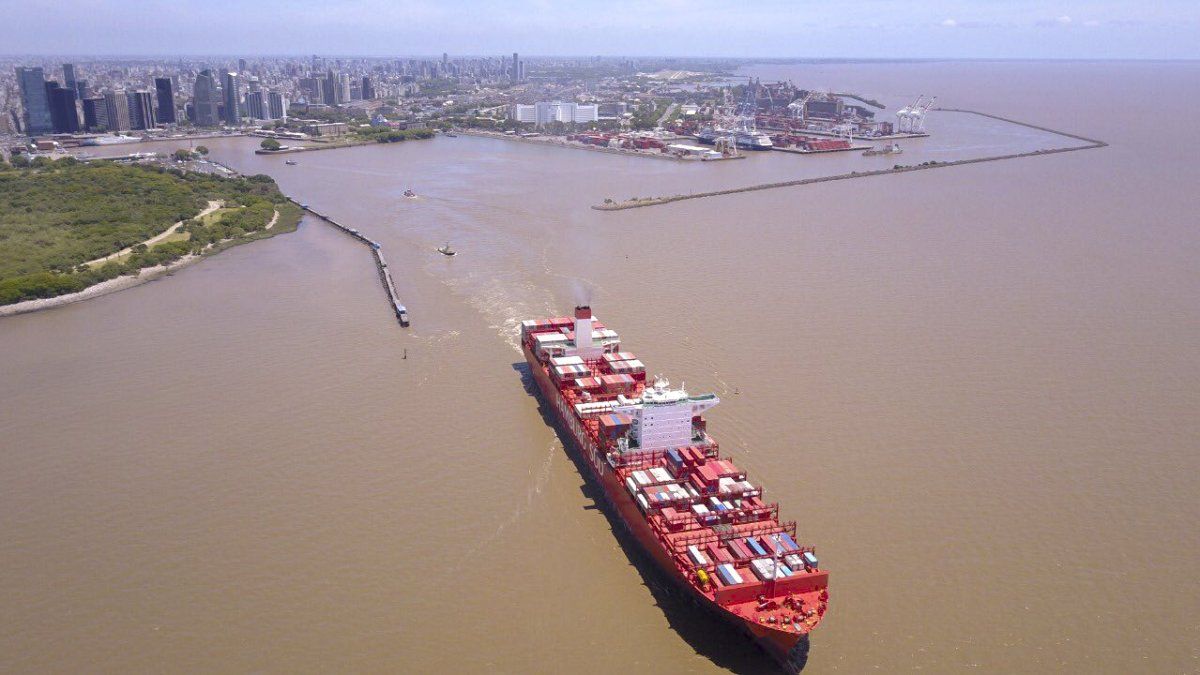The trade surplus in goods will remain at high levels in 2025but will be lower than in 2024estimated a report from the Invecq consultation. The trend reflects some changes in the dynamics of exports and imports, driven by internal and external factors, which affect both volumes and prices.
With exports and imports that reached US$6,479 million and US$5,245 million, the trade balance of goods was a surplus of US$1,234 million in November, accumulating a positive balance of US$17,371 million in the year.
Foreign sales increased 31.6% year-on-year (yoy) in value, given the 35.5% increase in quantities and the 2.8% decline in prices. Inside, almost all items grew versus November 2023 – the exception was fuel and energy, due to lower prices -, highlighting primary products (56.9%) and manufactured goods of agricultural origin (55.1%) – figures that explain the drought of 2023-, indicated Invecq.
Likewise, it should be noted that Exported volumes have accumulated eleven consecutive months of increases (25.5% accumulated); and, although the low comparison base of agriculture plays in its favor, all divisions show positive variations. In fact, taking a six-month moving average, “the total is in line with the latest peaks in 2021 and 2019,” the report recalled.
For their part, the imports fell 4.3% yoylargely due to lower prices (-3.9%), since quantities remained practically constant (-0.2%). This way, They resumed their downward path (they only grew during October); although, if fuels and lubricants are excluded, they grew 0.6% yoy. In accumulated terms, external purchases decreased by 20.2%, mainly due to the sharp drop in quantities (-17.1%).
This dynamic is explained by i) its increase in price after the devaluation and increase in the PAIS tax, ii) the strong recession, and iii) the over-importation of some goods in 2023, given the exchange rate delay.
Trade balance: what is expected for 2025
Looking ahead to 2025, Invecq expects a “large” trade surplus in goods -accrual basis-, although “less than in 2024.”
On the one hand, imports would grow, given i) the economic recovery, ii) the lowering of the official dollar, iii) the elimination of the PAIS tax, and iv) the normalization of its paymentsaid the consultant.
In turn, Exports would also increase, but to a much smaller magnitude; in particular, due to the “notable drop in the price of agricultural commodities.” Strictly speaking, the price of soybeans rose from US$520/ton in 2023, to US$450 in January 2024 and to US$350 recently. If the latest futures and stock market projections for the planted area are used, The production of corn, soybeans and wheat in the 2024/25 campaign could be US$4.5 billion less than that of 2023/24.
soy invecq.jpg
Finally, at the micro level, The combination of lower international prices and exchange rate appreciation means that, today, the domestic purchasing power of soybeans is at historic lows, 40% lower than the 2018-2023 average. and only comparable with those of late 2015 and 1999-2001 -see graph-.
From a strictly sectoral point of view, it has rarely been as necessary as now to eliminate export duties, Invecq concluded.
Source: Ambito
I am a 24-year-old writer and journalist who has been working in the news industry for the past two years. I write primarily about market news, so if you’re looking for insights into what’s going on in the stock market or economic indicators, you’ve come to the right place. I also dabble in writing articles on lifestyle trends and pop culture news.




